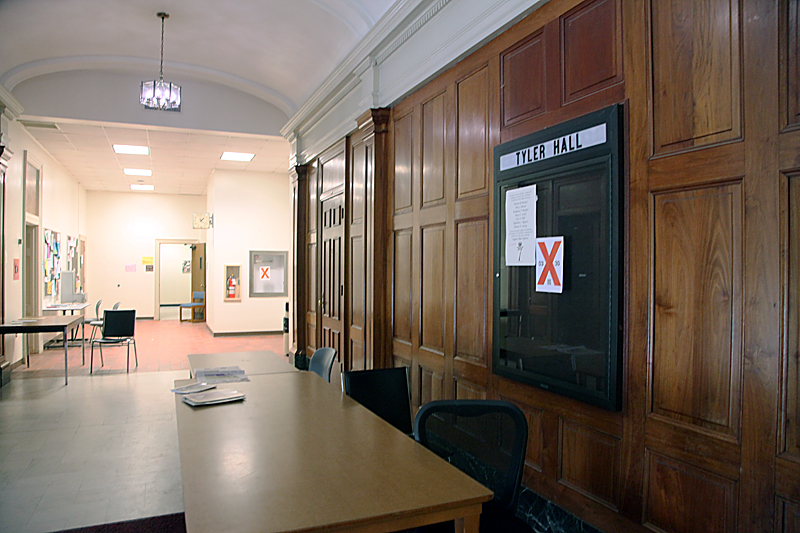Tyler Hall, the current home of the College of William and Mary’s English and psychology departments, is now the subject of renovation discussion still in its early stages.
When considering building design, public colleges and universities must receive approval from the state government before completing concept designs and commencing construction.
“We have finished the first step of the process, which is the schematic design, or how we divide up the existing floor space, set up adjacencies, and calculate the cost,” Director of Facilities Planning, Design and Construction Wayne Boy said. “We are currently having conversations with [the state government] about what the budget for the project should be.”
A number of reasons triggered the renovation discussions, two of which are the age of building and the conditions of the building’s systems.
“We want to bring [Tyler] to modernity, include more sustainable building practices and features, create a pedagogy to support modern teaching methods, make the building more accessible to all, and update it so [that] it complies with building code requirements,” Boy said.
Once completed, the renovated Tyler Hall will house the government, economics and international relations departments, as well as the institute for public policy. The English department will return to Tucker Hall this fall upon completion of the Tucker renovation project.
Currently, Tyler does not have a fourth floor, and one of the largest changes the building team plans to make is to “build out” the attic and create more space for offices. The layout of the first and second floors will change to house eight classrooms and two seminar rooms, as well as additional faculty offices. The third floor will hold additional faculty offices along the perimeter, of the floor with a large central conference room for meetings.
The building plans for faculty offices will be more conducive for professors with small special study groups to gather and converse, catering to the intensity and size of the departments that the building will house.
Tyler’s current classrooms have tiered seating which, at the request of many faculty members, will be turned into “flat floor” classrooms with unattached seating. This will allow classrooms to be more flexible in terms of layout and will make it easier in the future to restore tiered seating with easily-removable metal framing, should anyone request it.
“This is really something we have been trying to do [in classrooms] anyway,” Boy said.
The schematic designs are the first phase of design in a three-stage process and represents the first 10 to 15 percent of the design effort. In this stage, the team will establish the dimensions of the building’s spaces, the size of rooms and the space adjacencies. Then a cost estimate will be created based on these preliminary design decisions.
The second stage of the design process will involve the building’s systems, including the electrical system and HVAC (heating, ventilation and air conditioning) systems. Construction drawings and physical construction models will be created to complete this stage. Throughout the stages, the College Code Review Team will ensure that the hall meets building code requirements.
Boy hopes to complete designs before the end of this year, start building in early spring 2014, and complete renovation in the summer of 2015. These dates are contingent on the state’s ability to provide funding in a timely manner.


First paragraph should be “its” not “it’s”
does this article have a point, or does the flat hat just enjoy wasting my time?
The Reno Kinds, understands property owners’ concerns, as bathrooms can be one of the most costly areas to refresh in a home.